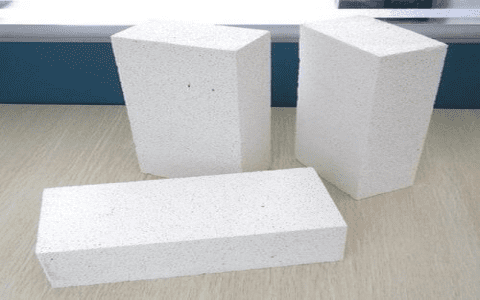You know, when it comes to doing a good job with ceramic tiles, one thing you can’t miss is the mortar. That’s the stuff you stick your tiles on with. It’s like glue, but a little more sturdy, and it holds the tiles in place for a long time. Now, there are different kinds of mortar, but today I’m gonna tell you about this thing called ceramic mortar, and why it’s so handy for sticking tiles on floors and walls.
Now, ceramic mortar, it’s a special kind of mix they use for tile work. You’ll find this kind mostly in homes where people are fixing up their floors or putting up tiles on the walls. The good thing about ceramic mortar is it’s made just for tiles, so it sticks really well and lasts long. It’s kinda like mud, but stronger and smoother, so you can spread it nice and easy, just like butter on toast. You mix it up with water, and it’s ready to go!


What is Ceramic Mortar?
Ceramic mortar, sometimes also called thin-set mortar, is the kind of mortar most folks use for their tiling projects. It’s made of cement, sand, and some other stuff that makes it stick well. You can use it to stick ceramic tiles on the floor or the wall. Whether you’re tiling your bathroom or your kitchen, ceramic mortar is the one you’ll need. You’ll usually find it in two forms—dry powder and pre-mixed. The dry powder needs a little water added, and the pre-mixed one is ready to go right out of the bucket. Either way, it gets the job done.
Now, I reckon some folks might get confused between ceramic mortar and other kinds of mortar. There’s a difference, you see. Ceramic mortar is made for ceramic, porcelain, and stone tiles, while other mortars might be used for brick or other things. So if you’re putting down some pretty tiles, ceramic mortar’s the way to go.
Why is it so good for tiles?
The reason ceramic mortar works so well for sticking tiles is because it has a smooth, thick texture. It makes sure the tiles stay stuck in place, even when you walk on ’em. It’s tough too, and it holds up real nice even in places that get a lot of water, like bathrooms or kitchens. So, it’s perfect for sticking ceramic tiles to floors, walls, or even countertops. If you’ve ever tried sticking tiles with glue or something else, you’ll know that nothing works like ceramic mortar.
Some of the ceramic mortars you’ll find are even enriched with polymers. Now, I don’t understand all the fancy words, but the polymers just make the mortar stick better and last longer. This type is called “modified” mortar. It’s good for when you’re tiling on surfaces that need extra support, like when you’re putting tiles on a floor that’s a bit uneven or has a funny surface. The extra stuff in it helps hold everything in place just right.
How to Use Ceramic Mortar?
Using ceramic mortar isn’t all that hard. First thing you do is mix it up—if you’re using the dry powder kind, you just add water and mix it up with a trowel. You want to make sure it’s thick, but not too dry. You don’t want it to be too runny, or your tiles will slip all over the place.


- Step 1: Mix your ceramic mortar with water until it gets a nice, thick consistency.
- Step 2: Spread it on the surface where you want to stick the tiles. Use a trowel for this, and spread it in small areas at a time.
- Step 3: Press your tiles into the mortar, making sure they’re all lined up right and sticking well. Don’t be in a rush! Give it time to dry.
- Step 4: Let the mortar dry for at least a day before you start walking on your tiles.
That’s it! It’s simple, really. You just mix, spread, stick, and wait. Of course, if you don’t want to do it yourself, you can always hire someone, but if you’re the do-it-yourself type, you can save yourself some money by doing it yourself.
Where Can You Use Ceramic Mortar?
Well, ceramic mortar is best for indoor use, where you’ve got ceramic, porcelain, or stone tiles. So, whether you’re tiling your kitchen floor, bathroom wall, or even your fireplace, this stuff’ll hold your tiles in place just right. Some folks even use it outside, but that’s usually when they’re laying tiles on a porch or a patio, not when it’s raining or snowing. For outdoor stuff, you might need a different kind of mortar that’s tougher for the weather. But for most of your indoor projects, ceramic mortar is perfect.
In the end, ceramic mortar is a real lifesaver when you’re doing a tiling job. It sticks well, it lasts a long time, and it’s easy to use. Just be sure you get the right kind for your tiles, and follow the instructions when you mix it up. You’ll be done before you know it, and your tiles will stay put for years to come.
Tags:[ceramic mortar, thin-set mortar, tile adhesive, polymer-enriched mortar, home tiling, DIY tiling, floor tiles, wall tiles, tile installation, mortar for tiles]



